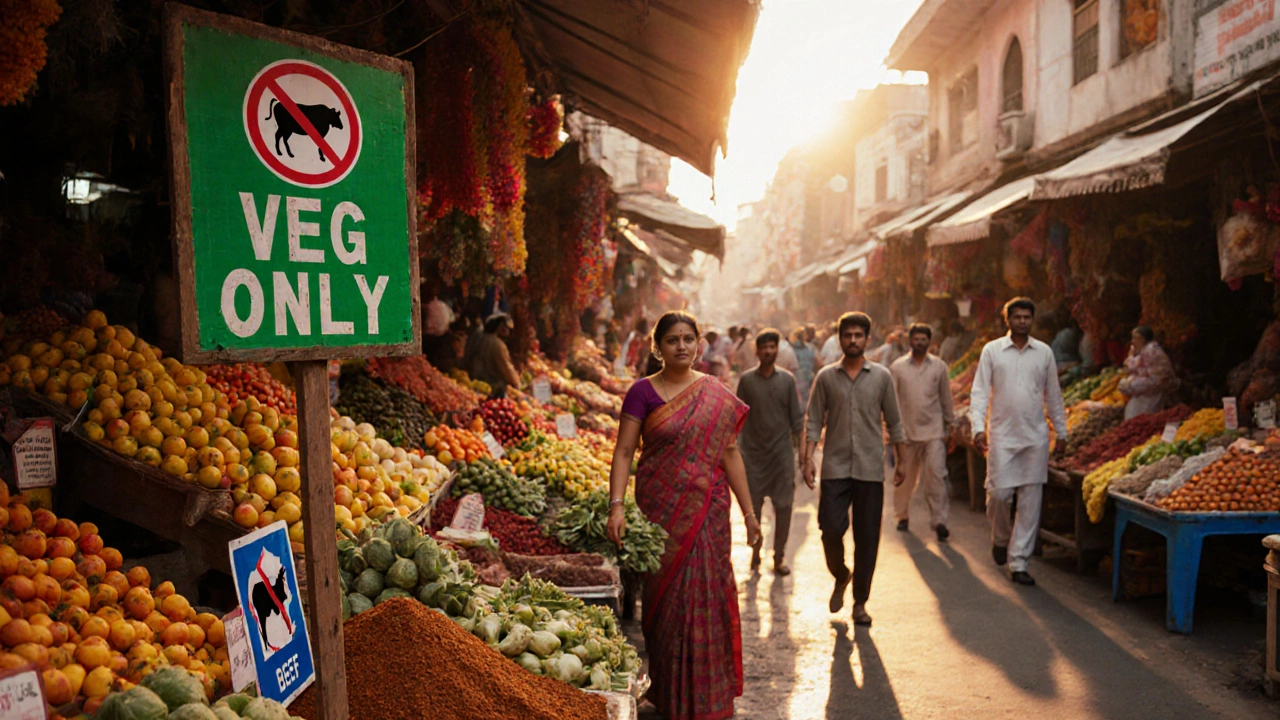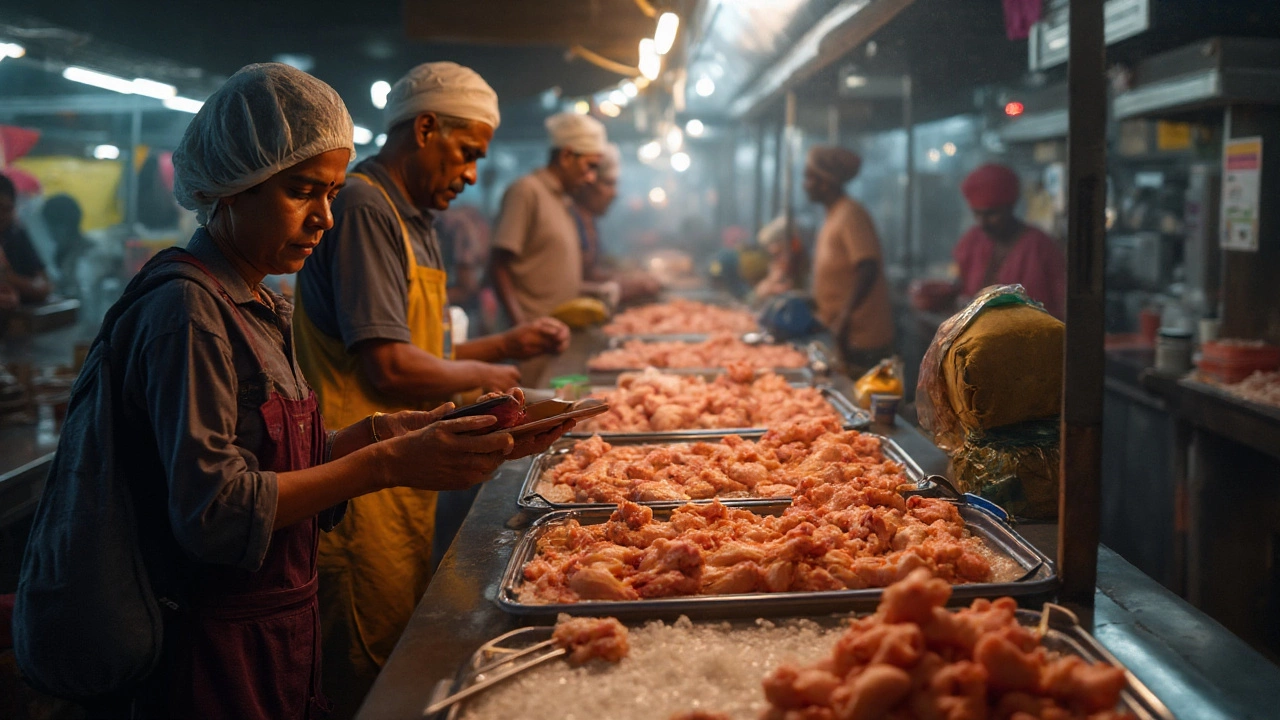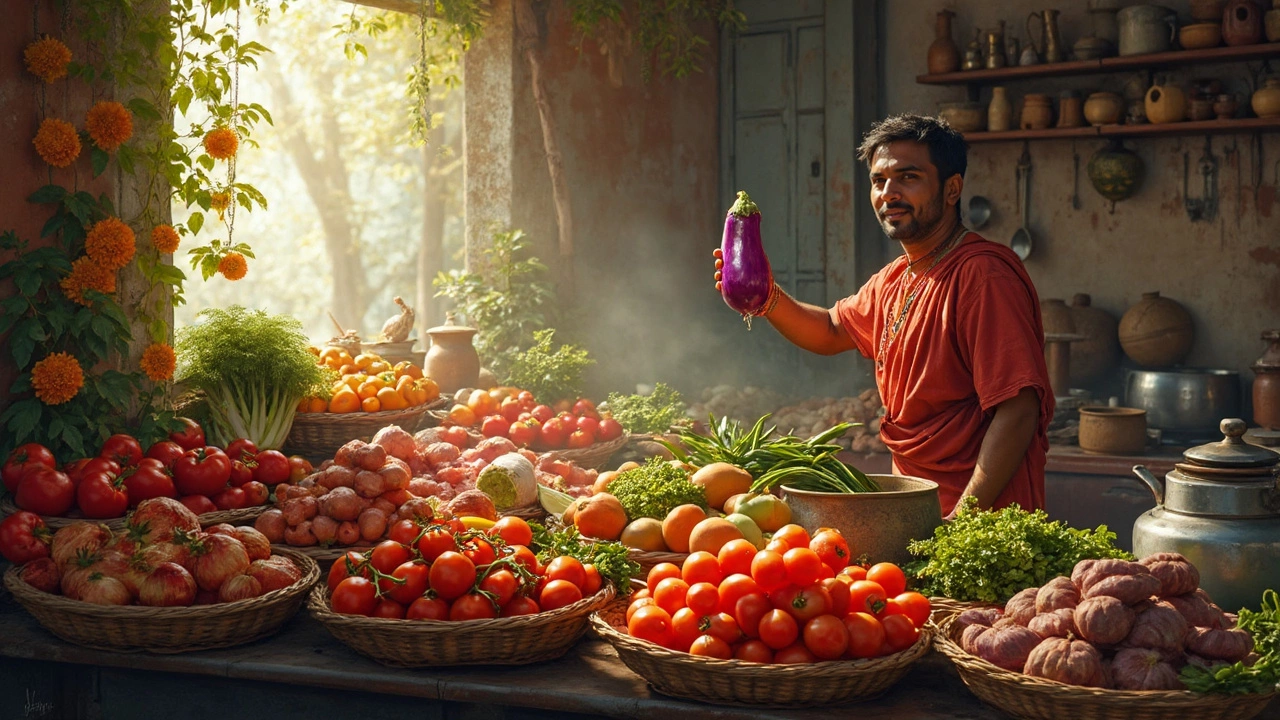
India’s Food Taboos: What Not to Eat Across Regions & Religions
Explore India's food taboos across religions and regions, learn what not to eat, and get practical tips for travelers to respect local customs.
When you think of Indian food, a diverse, regionally varied culinary tradition rooted in centuries of history, religion, and climate. Also known as Indian cuisine, it’s not just about spices—it’s about what people avoid, what they eat daily, and how food ties into identity. Rice and wheat aren’t just ingredients; they’re the backbone of meals from Kerala to Punjab. Over 70% of households in India rely on one or both as their main staple, forming the base for everything from biryani to roti. This isn’t just tradition—it’s survival, shaped by soil, seasons, and centuries of practice.
But Indian food isn’t just about what’s on the plate—it’s also about what’s left off. Food taboos in India, religious and cultural rules that dictate what can or cannot be eaten. Also known as dietary customs in India, they vary wildly: some Hindus avoid beef, many Jains skip root vegetables, and Muslims follow halal rules. These aren’t arbitrary restrictions—they’re deeply tied to faith, caste, and community. Skip them, and you risk offending more than just taste buds. Then there’s the potato, the most widely used vegetable in Indian kitchens, found in curries, snacks, and street food. Also known as Indian potato dishes, it’s cheaper than rice in many areas and survives storage better than most veggies. From aloo paratha to samosas, it’s the quiet hero that no one talks about—but everyone eats. And then there’s chicken in India, a protein that’s everywhere, but prepared differently depending on religion, region, and ritual. Also known as halal vs jhatka chicken, it’s not just about taste—it’s about how the animal was slaughtered, who approved it, and where you’re eating it. FSSAI guidelines ensure safety, but culture decides flavor.
What you’ll find in these posts isn’t a list of recipes—it’s a map of real life. Why does a single vegetable dominate from Delhi to Chennai? Why do some communities refuse to eat chicken on certain days? What happens when a Hindu family shares a meal with a Muslim neighbor? These aren’t abstract questions—they’re daily realities shaped by history, faith, and hunger. You’ll learn what’s on every plate, what’s off-limits, and how to eat like a local—not a tourist. This isn’t about exoticism. It’s about understanding the quiet rules that make Indian food so powerful, so personal, and so deeply human.

Explore India's food taboos across religions and regions, learn what not to eat, and get practical tips for travelers to respect local customs.

Yes-chicken is widely eaten across India. Here’s how to do it right: laws, culture, halal vs jhatka, safety tips, pricing, festivals, and the best regional dishes.

This article uncovers the most popular vegetable in India and explores why it's a must-have in Indian kitchens. You'll find historical tidbits, regional preferences, and practical tips on how to buy, store, and cook this staple. Learn how it turned into a nationwide obsession, which dishes you can't miss, and what cooks across the country do to make it shine. The article also reveals clever ways to use leftovers so nothing ever goes to waste.

In India, food is more than just sustenance; it's a vibrant part of Indian culture. Rice and wheat dominate as staple foods across the country, forming the base for meals and being present in numerous regional dishes. Indian cuisine boasts a rich variety, from spiced lentils to spicy curries, each reflecting the country's diverse climate and heritage. With their diverse flavors and ingredients, these staples highlight India's culinary unity across regional and cultural lines, making them widely consumed and enjoyed.